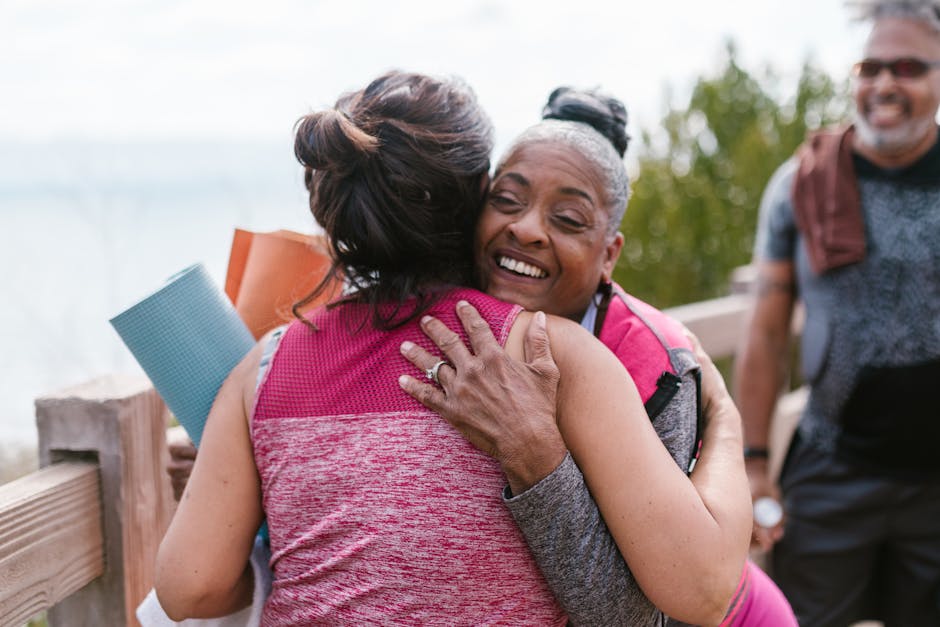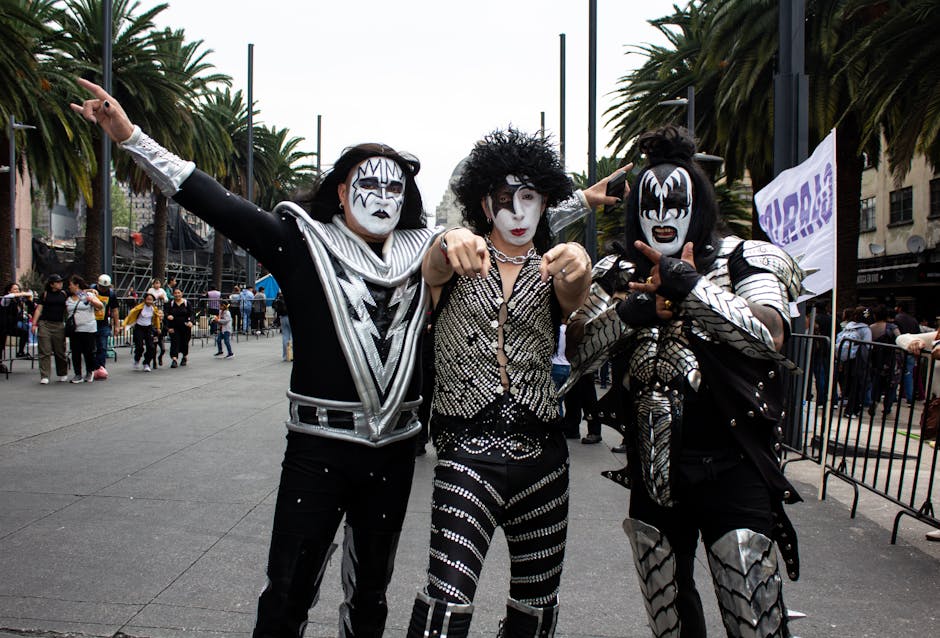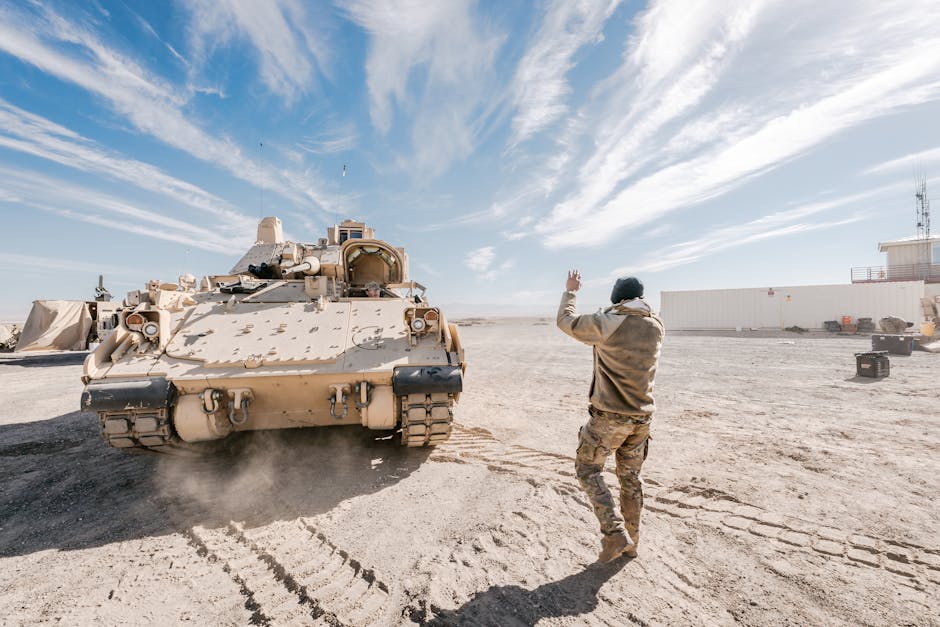**
A Reunion Nobody Saw Coming
It finally happened. After years of Twitter spats, tabloid speculation, and a million fans pleading with the universe, the Gallagher brothers buried the hatchet. But the Oasis reunion tour, which just wrapped its final, tear-streaked encore at a rain-soaked Knebworth, wasn’t the story we expected. We anticipated the swagger, the sneers, and the volatile chemistry that defined them. We were braced for a nostalgia act fuelled by simmering tension.
What we got was something far more profound, and frankly, far more important. This wasn’t just a rock and roll tour; it was a stunning, stadium-sized exhibition of positive masculinity.
From Lad Culture to Lasting Brotherhood
For decades, Oasis was the poster child for a very specific brand of male bravado. Their story was built on conflict: brother against brother, band against the world. It was a performance of invulnerability, fuelled by cigarettes, alcohol, and a refusal to ever back down. It was brilliant, it was chaotic, and it created a template for ‘lad culture’ that resonated globally.
But the men who walked on stage in 2024 were not the same boys who conquered the world in 1996. The change was palpable from the opening chords of “Rock ‘n’ Roll Star.” Liam, his signature parka zipped a little lower, still had the primal strut, but the snarl was replaced with a wide, genuine grin. Noel, no longer the stoic, resentful anchor, frequently looked over at his younger brother with something that looked suspiciously like affection.
Wembley and the Whisper of Reconciliation
The tour’s defining moment came halfway through the first Wembley show. After a blistering rendition of “Slide Away,” Liam threw an arm around Noel’s shoulder. There was no irony, no posturing. Just two middle-aged brothers, who had been through a public war, sharing a moment of quiet truce in front of 90,000 people. The roar from the crowd wasn’t just for the reunion; it was for the reconciliation.
This tour systematically dismantled the old Oasis mythology. The joy wasn’t in the tension, but in its absence. It was in seeing Liam hand Noel a bottle of water, in Noel leading the crowd in a “Happy Birthday” chant for his brother, in the shared glances that said, “Can you believe we’re actually doing this?”
Redefining an Anthem, Inspiring a Generation
The Gallaghers redefined what their own ‘lad culture’ could mean. The terraces of football stadiums and the sticky floors of pubs, where their anthems became cultural scripture, were once arenas of chest-thumping pride. On this Oasis reunion tour, that energy was channelled into collective euphoria. You saw it in the crowd: fathers with their arms around their sons, both screaming the lyrics to “Live Forever”; groups of old friends, now balding and with mortgages, hugging and weeping during “Don’t Look Back in Anger.”
This wasn’t about being ‘less of a man’; it was about being more of one. It was about acknowledging that vulnerability isn’t weakness. Liam’s voice, weathered by time, isn’t the supersonic jet it once was. But he owned it, pouring every ounce of heart into the songs, and the crowd loved him more for it. Noel’s songwriting, always filled with a deep well of hope and melancholy, finally felt aligned with the band’s on-stage persona. The anthems of unity were finally being performed by a united front.
More Than a Reunion: A Legacy Reclaimed
The Oasis reunion could have been a simple cash-grab, a cynical exercise in nostalgia. Instead, Liam and Noel Gallagher gave us something infinitely more valuable. They showed us that the loudest and most arrogant men in the room can grow, they can forgive, and they can find a new strength not in conflict, but in brotherhood. It turns out the greatest rock and roll story of our time wasn’t the break-up; it was the getting back together. And it was beautiful.
**




